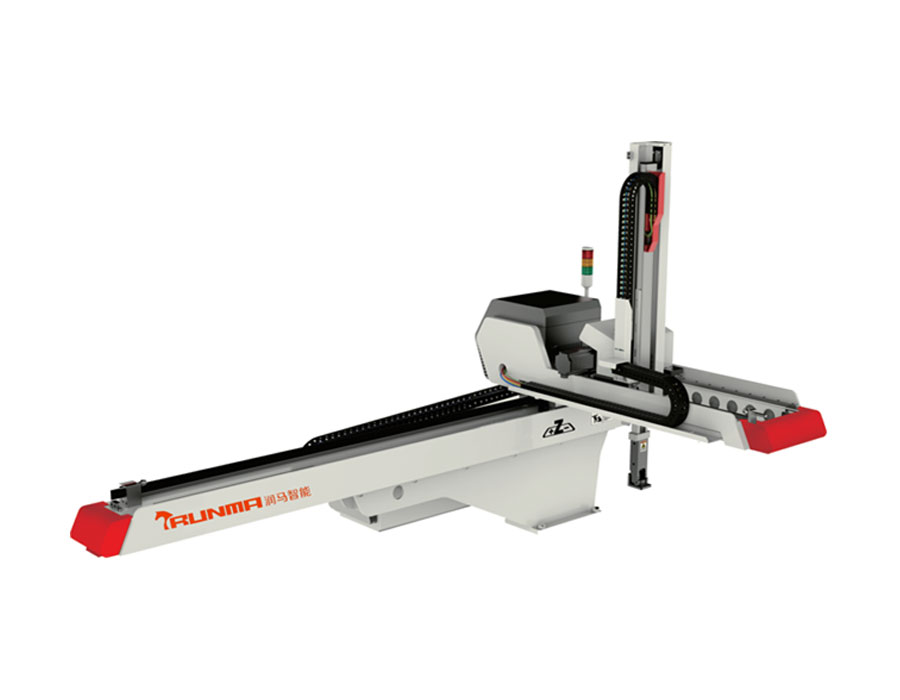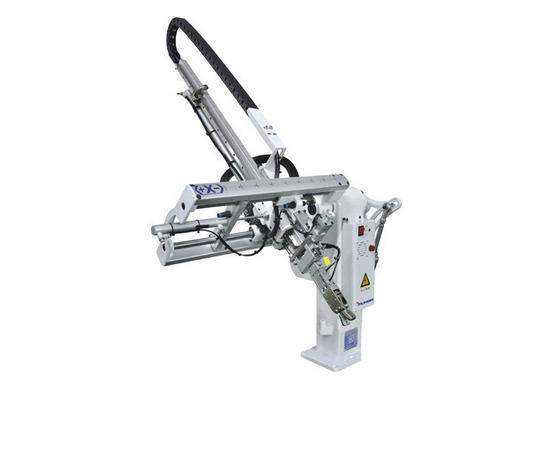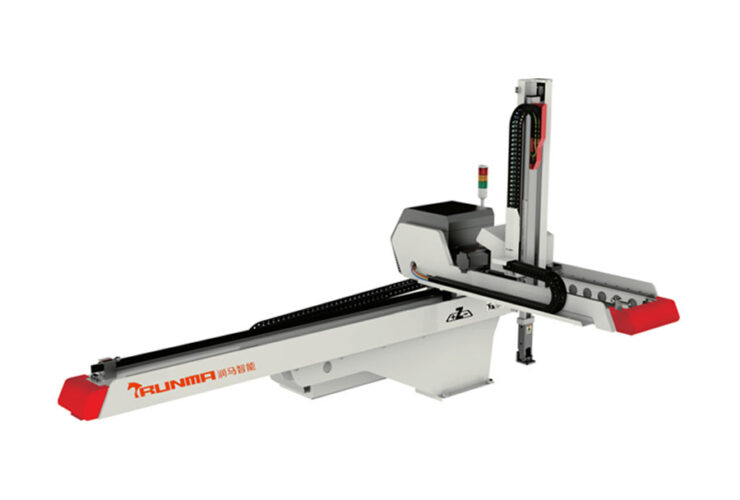Take out Robot: Transforming Modern Operations
Take out Robots are changing how tasks get done in various sectors. These machines handle jobs that need precision and speed. They work in places like factories and hospitals. Take out Robots make processes faster and reduce human effort. Their role grows as technology improves.
How Take out Robots Work
Take out Robots use advanced systems to perform tasks. Below are key parts of their operation:
- Sensors: Take out Robots detect objects and surroundings. They avoid obstacles while moving.
- Programming: Operators input instructions. Take out Robots follow these steps without deviation.
- Mobility: Wheels or tracks let Take out Robots move in set areas. Some use arms for lifting items.
- Communication: Take out Robots send data to control systems. This allows real-time adjustments.
- Power Sources: Batteries or wired systems keep Take out Robots running for hours.
Benefits of Take out Robots
Take out Robots offer many advantages for businesses and workers:
- Speed: Take out Robots complete tasks faster than manual methods.
- Accuracy: They reduce errors in repetitive jobs like sorting or assembly.
- Safety: Take out Robots handle dangerous materials. Workers avoid hazardous zones.
- Labour Support: They assist human teams. Workers focus on complex tasks.
- 24/7 Operation: Take out Robots work without breaks. Production continues overnight.
Industries Using Take out Robots
Take out Robots serve multiple sectors. Their flexibility makes them suitable for diverse needs:
- Manufacturing: Take out Robots assemble products on conveyor belts. They sort defective items.
- Healthcare: Take out Robots deliver supplies in hospitals. They sterilise equipment.
- Logistics: Take out Robots move goods in warehouses. They load trucks efficiently.
- Retail: Take out Robots restock shelves. They guide customers to products.
- Agriculture: Take out Robots harvest crops. They plant seeds in precise patterns.
Challenges Faced by Take out Robots
Despite their benefits Take out Robots face hurdles:
- Technical Limits: Take out Robots struggle with tasks needing human judgement.
- Public Trust: Some fear job losses due to Take out Robots. Training programmes can ease this.
- Maintenance Needs: Take out Robots require regular checks. Downtime affects productivity.
- Regulatory Rules: Laws for Take out Robots vary. Standard policies are still developing.
- Space Limits: Take out Robots need room to operate. Crowded areas hinder their movement.
Maintenance and Safety of Take out Robots
Proper care ensures Take out Robots function well. Follow these guidelines:
- Routine Checks: Inspect Take out Robots weekly. Look for worn parts or software glitches.
- Software Updates: Install patches to improve Take out Robot
- Safety Zones: Mark areas where Take out Robots work. Keep unauthorised staff away.
- Training: Teach workers to operate Take out Robots safely. Include emergency steps.
- Emergency Stops: Ensure Take out Robots have manual override options.
Conclusion
Take out Robots are reshaping industries with speed and precision. They handle tasks humans find risky or repetitive. Sectors like healthcare and logistics rely on Take out Robots for daily operations. Future advancements will expand their roles further. Challenges like maintenance and regulations need addressing. Proper training and updates keep Take out Robots efficient. Adopting Take out Robots prepares businesses for a tech-driven future.



